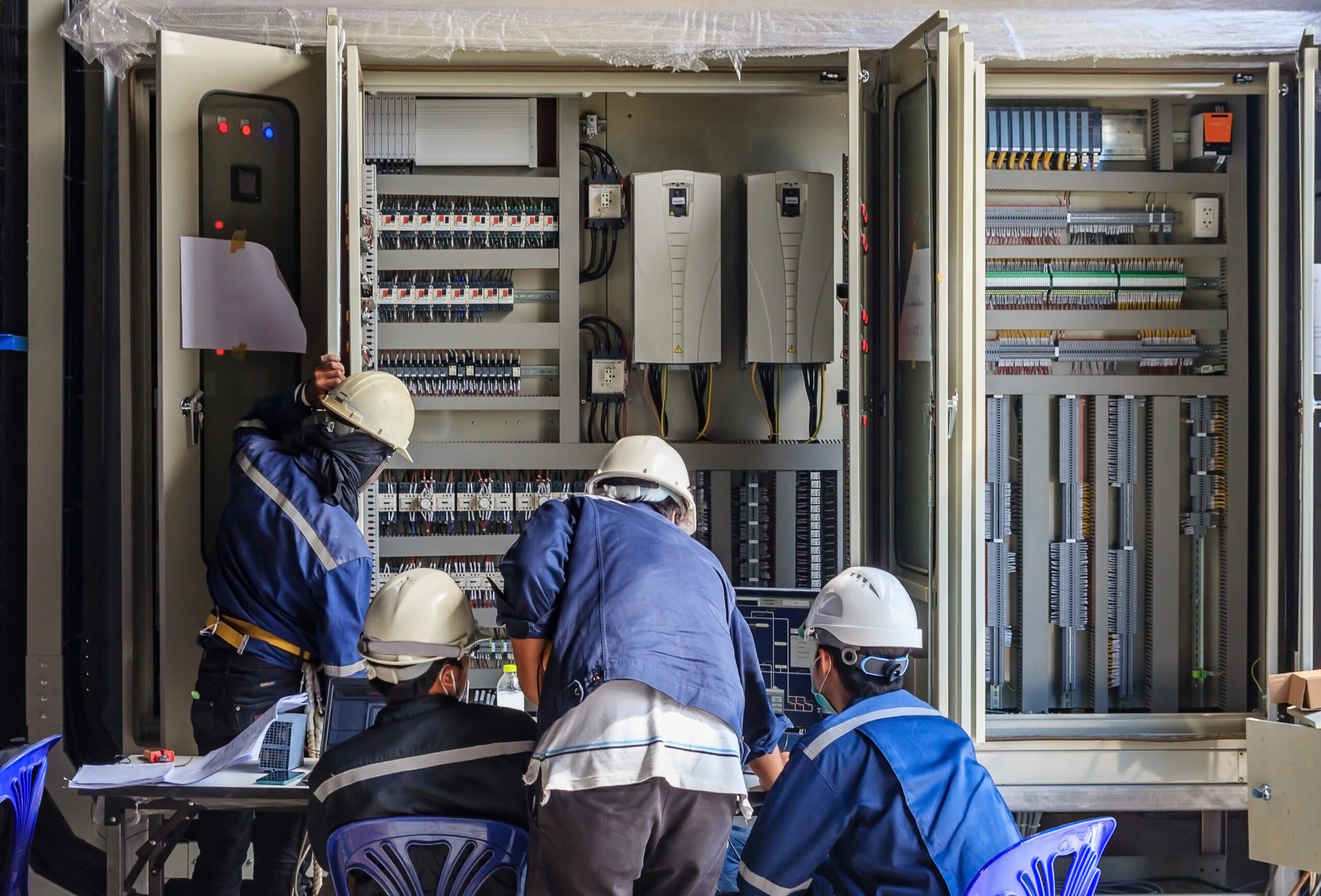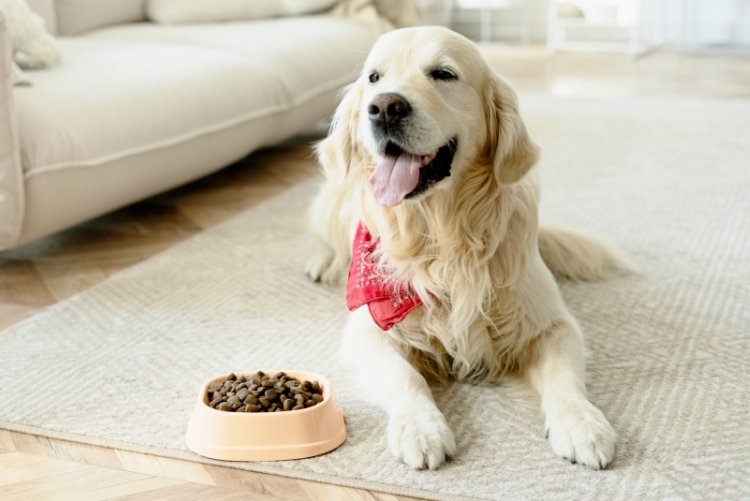Proper measurement in continuous flow solids applications can easily be taken for granted. Oftentimes, it is not until a recipe is incorrect or flow stops that the feeder or another measurement device gets attention. A variety of factors can cause flowrates to become inaccurate, and pinpointing the problem is the best way to determine a long-term solution. Whether you use a volumetric feeder, gravimetric feeder, loss-in-weight scale, or another device for your continuous flow solids application, the following problems can arise.
Accuracy in Continuous Flow Solids Measurement
To determine a proper solution, it’s important to first determine all of the components of accuracy, and what these mean for your process. When measuring accuracy and finding solutions for continuous flow solids, each of the following plays an important role.
● Repeatability: can the device consistently provide the same results?
● Linearity: are the results mathematically linear across the operating range?
● Stability: to what degree do the results fluctuate?
Knowing which of these factors is affected can help you arrive at a better solution. If, for example, your feeder consistently delivers 15% lower results than normal, but the device maintains linearity, simply recalibrating the machine can adjust for this problem. However, if the results aren’t linear, re-calibration may only worsen the problem.
Measuring Continuous Flow Solids: Problems and Solutions
1. Problem: Reading becomes inaccurate over time.
The feeder or scale starts operating at a correct rate, but the accuracy deteriorates as it operates. This may happen over the course of a day, week, or years.
Sticking: Materials with high fat content, moisture content, static charge or other properties can easily stick to each other and to other surfaces. This causes clogs within the device, which will throw off scales as well as volumetric flow devices. If the product sticks to the conveyor, belt or other moving parts, it will create inaccuracy and may also cause the device to break down prematurely.
A Teflon coating, a high polish or grounding to prevent static build-up can stop this continuous flow solids problem. Your equipment manufacturer can evaluate your materials and help you choose the right coating to prevent sticking. Changing environmental conditions, such as humidity or temperature, can also prevent sticking; though operators should also consider effects this will have on the product density. Regularly tensioning drive belts, adding proper enclosures, or using a direct drive instead of a belt drive can solve slipping and maintenance issues.
Wear and tear: While sticking can occur in a single day, wear and tear occurs over the course of years. More abrasive materials and longer duty cycles will speed up the process. Certain volumetric feeders for continuous flow solids, such as screw feeders or rotary airlocks for example, will become inaccurate as the screw blade or pockets wear down, changing the material volume moving through.
Regular catch tests will show if your device has worn down to the point that is doesn’t perform at acceptable levels. If the device has worn down evenly, simply re-scaling the device will make up for wear and tear. However, if the results are no longer linear, replacement part or new machine may be needed to maintain the accuracy in your continuous flow solids application.
2. Problem: Inaccuracy occurs with a new cycle.
The feeders or scales work properly as the process runs, but show some inaccuracy right when the process starts or stops.
Flushing: Flushing causes an unplanned surge of materials into the feeder or scale when it starts. Lighter materials that have been aerated are more likely to flush, and certain design or maintenance problems can also cause flushing. Material will flush through worn-down seals or through empty feeders without a shroud.
A few design considerations can easily prevent flushing. First check and replace any seals that appear loose, cracked, or damaged. Install a gate before the feeder to prevent flushing upon start-up and shut-down. Simply keeping the feeder filled from the start will also stop residual materials from breaking through.
Refilling: For loss-of-weight continuous flow measurement devices, refilling can present a challenge. In order for the scale to be refilled, it requires a temporary weight exception, where the device operates on the last known condition. If the scale operates in weight exception mode for too long, inaccuracy will develop in the interim.
Program weight exception mode to be 20% of the duty cycle or less. If the scale cannot be refilled in this amount of time, consider using multiple containers.
Material inconsistency: No two shipments of a material are exactly alike and, when the differences are dramatic enough, it can create inaccuracy. If the new shipment’s density, moisture content, particle size or other features are different enough, the weight and flow rate will change.
It’s good practice to recalibrate and perform a catch test with each new shipment. Not only will this allow you to detect and make up for material inconsistencies, but it will also reveal any other continuous flow solids issues with the scale or feeder. Use calibration routines to make this process fast, easy and reliable.
3. Problem: Consistent inaccuracy.
Measurements are too high or too low, but these levels are still relatively stable and repeatable.
Product density changed: Environmental conditions around the feeder or scale can cause material density changes, which will affect the measurement. For example, hotter or more humid conditions in the summertime will change material density throughout the season, creating inaccuracy that is relatively stable for months at a time.
Carefully recalibrating the feeder or scale can account for changes in material density, as long as the results maintain linearity. Controlling the operating environment can also reduce these problems, especially in extreme climates. Keep in mind that density changes in a volumetric feeder will be difficult to detect without a load cell or additional measurement device.
Mismeasurement: If the device’s internal programming isn’t correct or is somehow damaged, it won’t return the proper reading even if the results are correct. If a catch test shows that the flow rate is correct, but the reading doesn’t reflect it, there may be a problem with the flow device itself.
When working with load cells and scales, quality is important, especially when tight tolerances are needed. Calibration by a certified scale technician can show if the device can accurately measure within a given tolerance, and maintain this measurement over time. As you consider a solids continuous flow measurement solution, compare costs and benefits carefully. Remember that an affordable solution now may not be the most affordable solution in the long run if it requires excessive maintenance or recalibration, or repeatedly causes product defects.
4. Problem: Inconsistent inaccuracy.
Inaccuracies appear with no clear pattern.
Electronic interference: Nearby machines can affect the readings of some scales or load cells. Electronic noise is invisible and unpredictable, so it can be difficult to target the problem.
Assess the machines and electrical components nearby the scale or load cells. Damaged wires or breakers, as well as devices with high electrical needs can introduce electromagnetic interference. In some cases, powerful radio or wireless signals can also cause interference.
Vibration: Vibration disrupts continuous flow solids equipment similarly to electronic interference, except it occurs through physical movement. Heavy machinery operating nearby can cause subtle or extreme vibrations, and you may not always be able to feel them.
The more stable a device is, the less it will be affected by vibration. Distance from other machinery, and additional insulation or padding can also reduce vibration.
5. Problem: Reading is correct, but results are incorrect.
Your feeder shows a correct feed rate and proper measurements, but the actual material amounts are incorrect.
Device placement: If the measurement device isn’t placed properly, it won’t take a correct reading. For example, if the flowrate on a volumetric feeder is measured through the drive rotation and not on the movement of the actual feeder, any disconnect between the drive and the feeder will cause an incorrect reading.
Your solids continuous flow measurement device should always assess the actual flow, and not an attached mechanism. Adding a measurement device, changing its location, or replacing a volumetric feeder with a loss-of-weight scale can solve this issue.
If you have encountered these problems in your continuous flow solids process, consider what may be the ultimate cause. With a long-term solution, you can fix the problem and keep it from happening again, instead of returning to the problem later.








One thought on “5 Continuous Flow Solids Measuring Problems and Solutions”
Comments are closed.